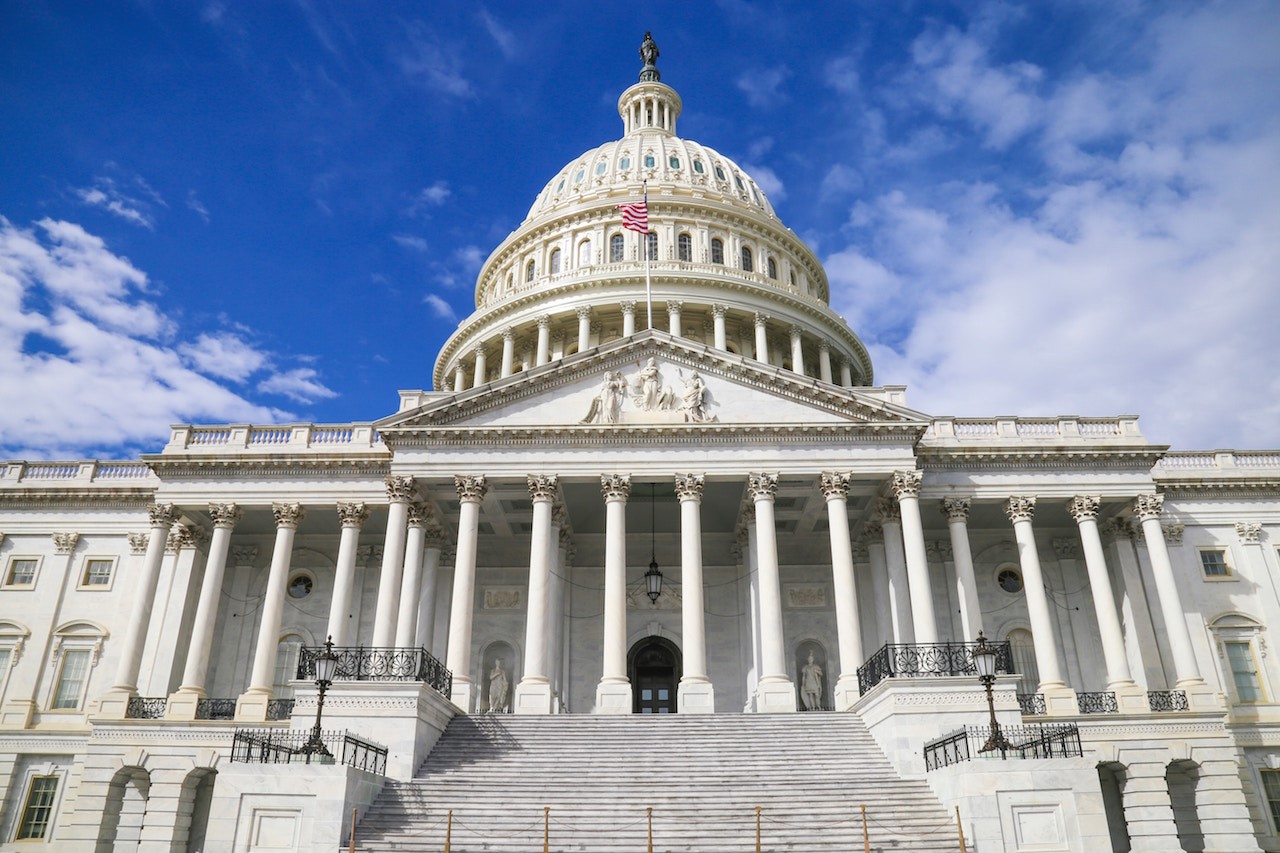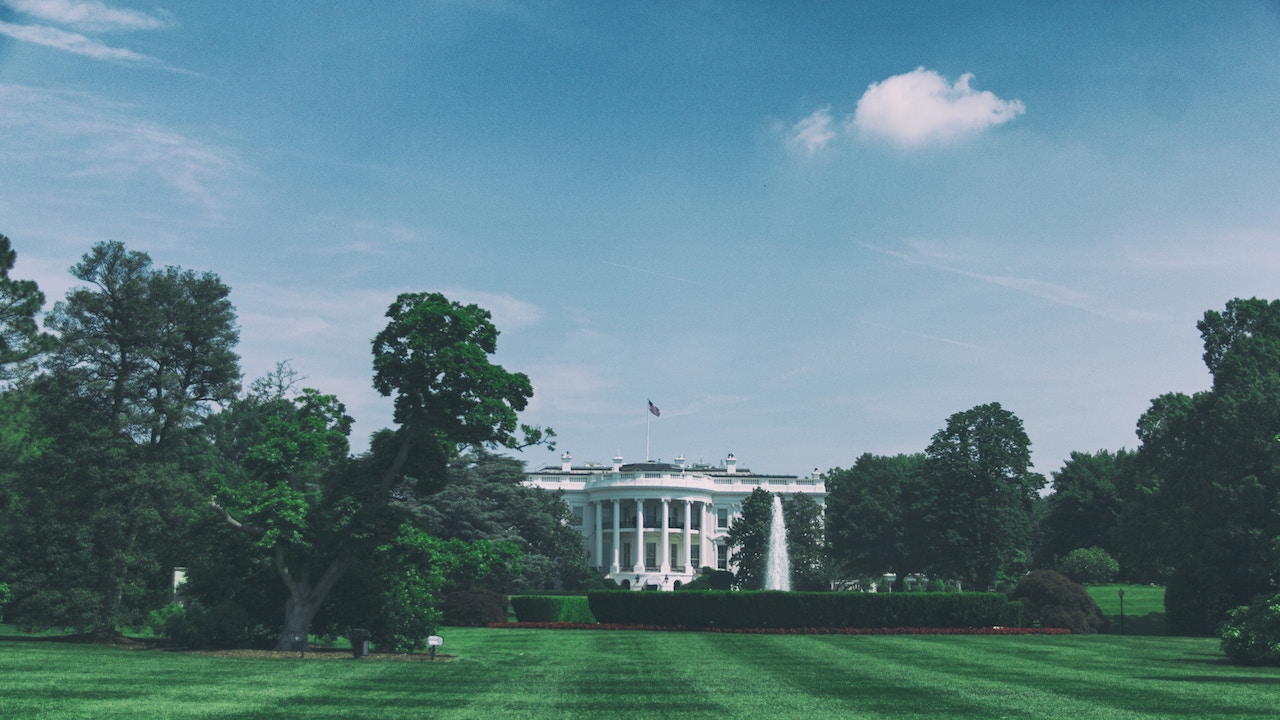Markets see-saw as interest rates get political
Fed Chair Jerome Powell says interest rates must keep increasing. President Donald Trump disagrees. And markets see-sawed this week over their differences.
The latest? The 10 Year US Treasury yield approached recent lows as investors tried to make sense of the turbulence, which wasn't helped by falling commodity prices and the ripple effects of trade tension with China.
Powell spoke first when he delivered his regular, prepared testimony to Congress on Wednesday. He told lawmakers the labor market has improved, inflation has heated up, and there is a strong case for gradual rate hikes.
He did suggest trade policies have put pressure on some segments, but he remained steadfast in his position that planned rate increases should continue, even as the yield curve continues to flatten. (We will discuss the flattening yield curve and how it can forecast economic recessions in next week's blog).

The Fed's quarterly release of its Beige Book, a report on economic activity from each Federal Reserve Bank across the country, matched Powell's testimony. The report showcased broad-based economic expansion in every region. The report indicated moderate growth, rising wages and rising prices. All are signs of economic growth and inflation that is balanced by higher rate policies.
However, on Thursday, President Trump broke with long-standing tradition of U.S. Presidents not commenting publicly on Fed polices when he second-guessed the Fed in a CNBC interview.
Trump told CNBC's Joe Kernen that he is "not thrilled" about rate hikes, adding the policy could undermine economic success. He pointed to more dovish stances by central banks in Europe and Japan as a potential uneven playing field. He also acknowledged his break with protocol, but suggested he was speaking just as he would if a private citizen.
"Somebody would say, 'Oh, maybe you shouldn't say that as President.' I couldn't care less what they say, because my views haven't changed," Trump said. "I don't like all of this work that we're putting into the economy, and then I see rates going up. But at the same time I'm letting them do what they feel is best."
Of course, investors and informed citizens know the Federal Reserve Chairman is appointed by the president, but he or she remains independent of any political office in order to make monetary policy decisions free from political pressures.
So, the remarks spooked investors who felt a line had been crossed. Markets see-sawed early Thursday ending the day 3 bps lower at 2.839. The bond market is really looking for some direction as the 10 Year US Treasury has meandered in the mid 2.80's for weeks.
The debate is an interesting one and underscores the tightrope Fed officials are walking. The unprecedented monetary stimulus and slow economic recovery over the last decade has left the central bank with an inflated balance sheet and fewer tools available for future stimulus if needed.
As recent trends have shown widespread economic progress, Fed officials have seized the opportunity to normalize monetary policy rather than let the economy gain too much steam. While hikes can slow growth, they would put the Fed in a better position to respond should the economy slip into recession after a long period of slow recovery.
On the other hand, Trump faces midterm elections and a brewing trade war. A hot economy that keeps employment full, wages rising and investment accounts at new highs would all help overcome any setbacks from trade wars and earn his party praise going into midterm elections. And it's true, rising-rate policies from the Fed can keep a lid on economic growth.

For the mortgage professional, the debate is an interesting one as interest rates on mortgage loans can be moved by these events. The 10 Year Treasury yield is closely followed by mortgage rates.
However, it's important to remember the Fed's policy of buying or selling mortgage-backed securities also has a strong effect on mortgage rates. The Fed purchased hundreds of billions of dollars worth of these bonds to spur the market during the worst of the last recession. Now, the Fed has remained committed to ending these purchases and reducing its balance sheet.
Nothing this week changed that trajectory, so we continue to forecast rising mortgage rates over the long-term, even as small spats and market whiplash keeps things volatile in the short-term.


